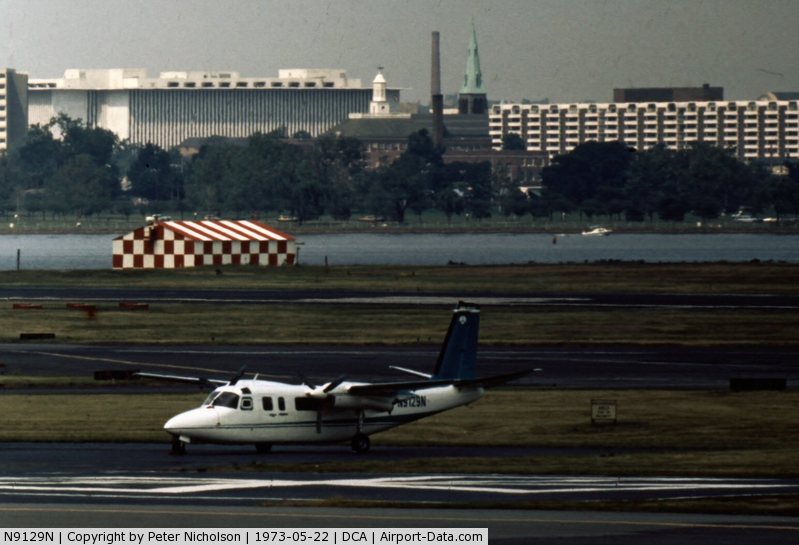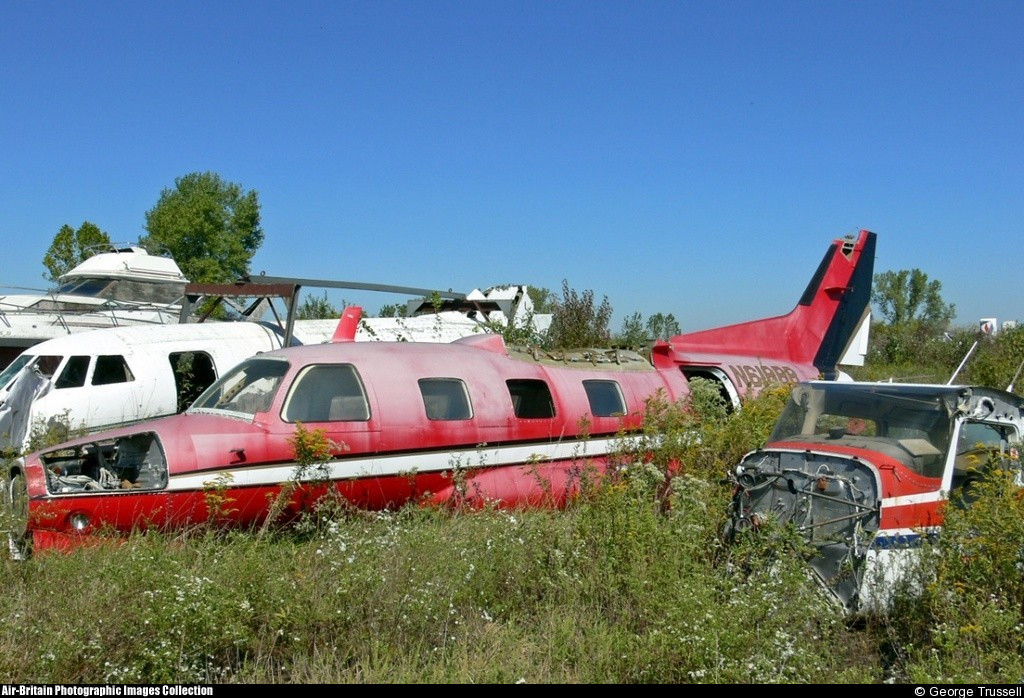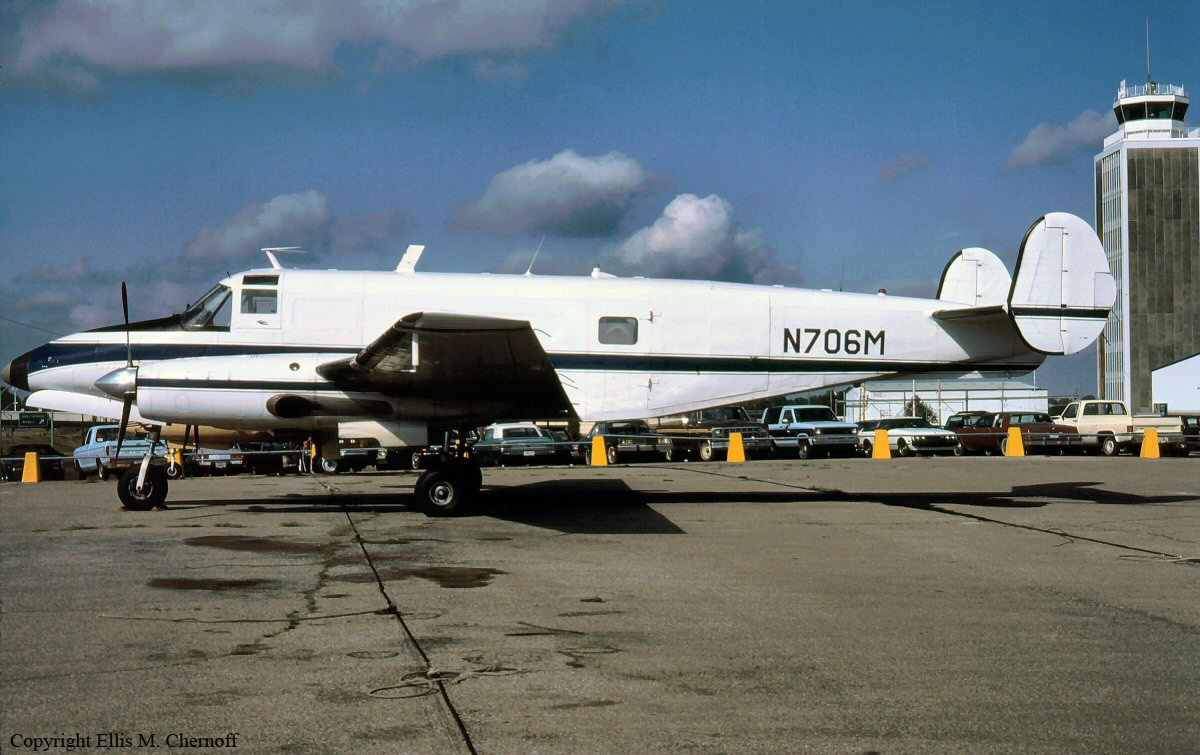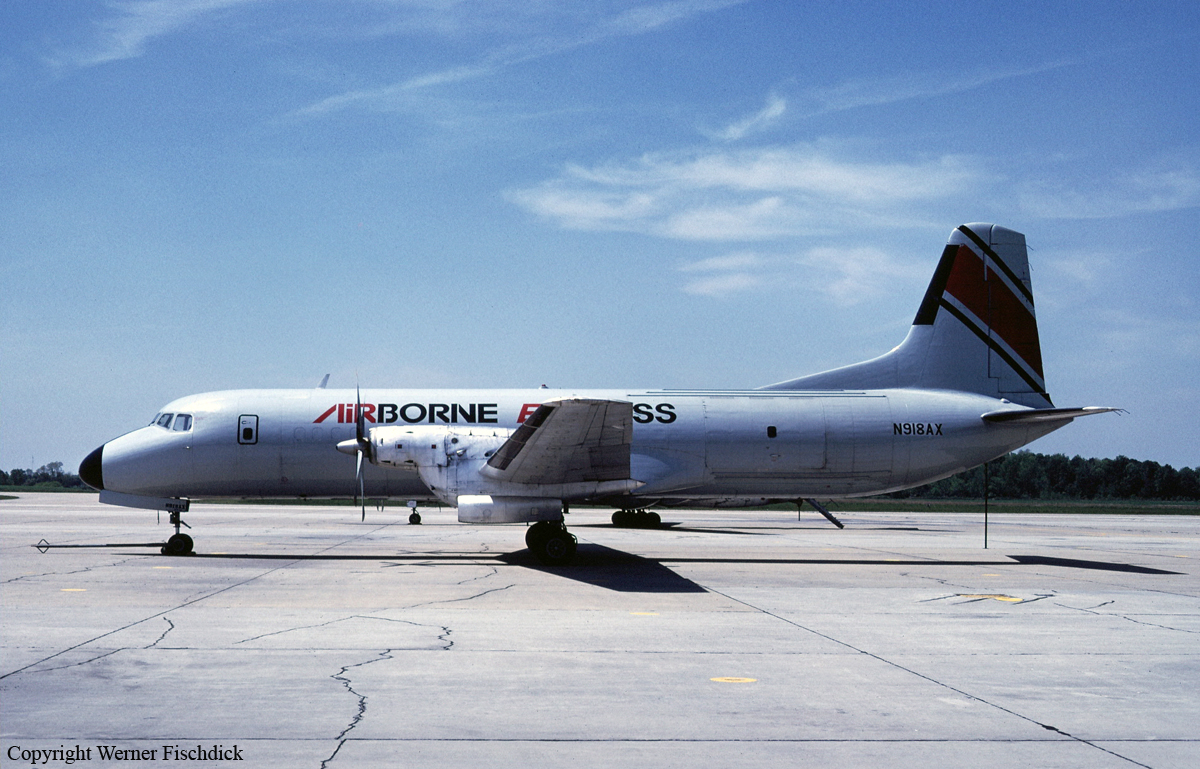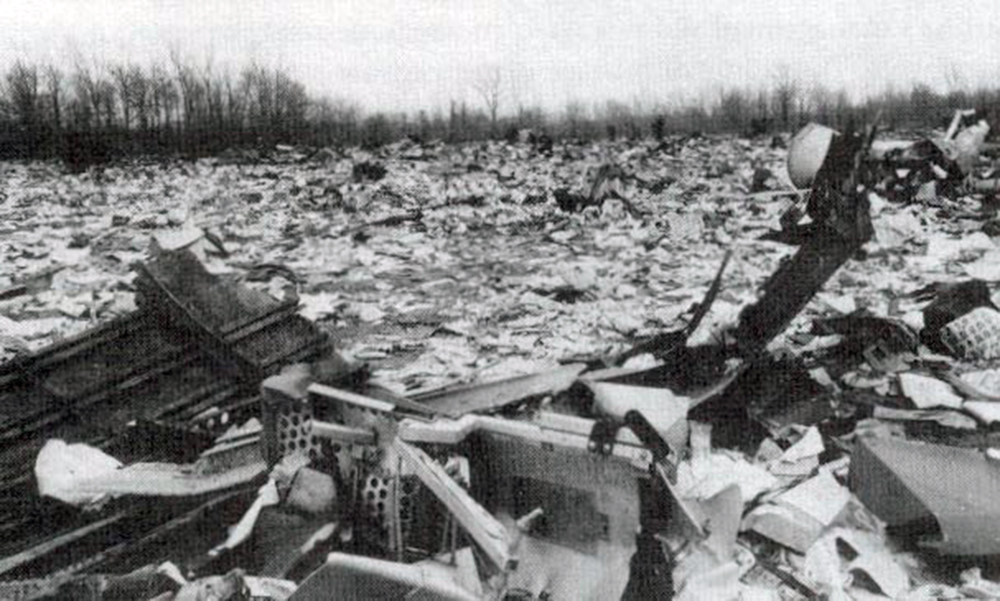Crash of a Rockwell Turbo Commander 681 in Mansfield: 1 killed
Date & Time:
Nov 30, 1996 at 1030 LT
Registration:
N9129N
Survivors:
No
Schedule:
Dayton - Mansfield
MSN:
680-6056
YOM:
1971
Crew on board:
1
Crew fatalities:
Pax on board:
0
Pax fatalities:
Other fatalities:
Total fatalities:
1
Captain / Total hours on type:
64.00
Aircraft flight hours:
5688
Circumstances:
After 2 previous attempts, the pilot was cleared for a third VOR Runway 14 Approach. He was issued landing information, and he reported the airport in sight. The minimum descent altitude (MDA) for the approach was 1,620 ft msl. The airport elevation was 1297 ft. The airplane was observed by an ATC controller to descend, and the controller's Brite scope (radar) displayed 1,400 ft. The controller observed the airplane's landing light bob up and down, followed by the nose pitching up. At about the same time, a ground witness in the area saw the airplane at low altitude; according to this witness, the pilot tried to 'pull the plane up' just before it collided with the static cable of a power line. The cable was about 85 feet above ground level (1,382 feet MSL) and approximately 2 miles from the approach end of the runway. No preimpact malfunction of the airplane, engine, or VOR was found.
Probable cause:
The pilot's early descent below the minimum descent altitude (MDA), while preparing to land from an instrument approach, and his failure to maintain adequate altitude and clearance from
obstruction(s).
obstruction(s).
Final Report:
